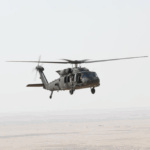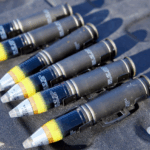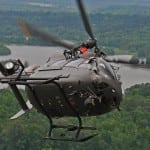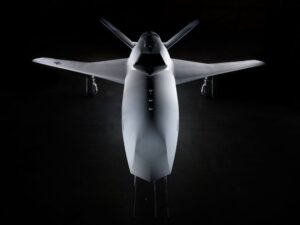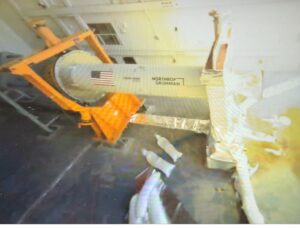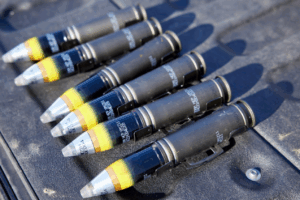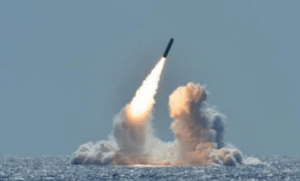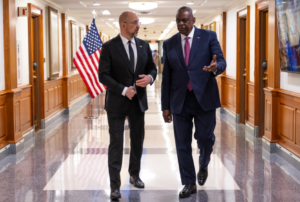
Denmark and the Netherlands will lead the international effort to train Ukrainian pilots on F-16 fighter jets, Defense Secretary Lloyd Austin said Thursday. Austin provided the additional details on the recently announced F-16 training effort following the latest meeting of the Ukraine Defense Contact Group, noting the U.S., Norway, Belgium, Portugal and Poland will also contribute to the initiative. “Planning and executing this training will be a significant undertaking, but the coordination of this contact group will help make that…

 By
By 
